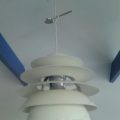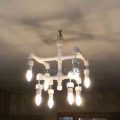
Assembling and fixing the chandelier to the ceiling with your own hands
In every house, in every apartment, there iselectric current, which helps us daily prepare food, watch TV and receive daylight from small bulbs. Since the beginning of the 18th century, pendant chandeliers began to appear in the royal palaces, in which hundreds of candles were inserted to ensure the maximum level of light in the halls. But over time, progress has reached electricity and chandeliers have been used in chandeliers. 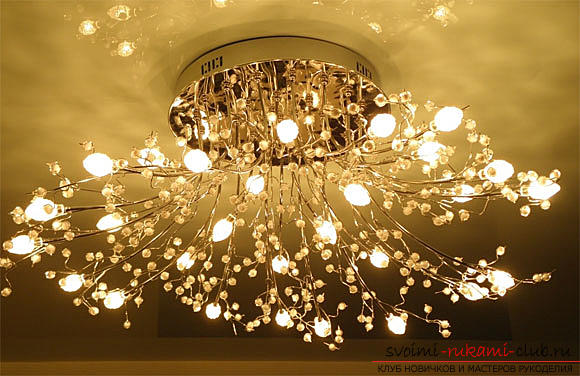 Without this attribute, the shelves of each apartment will beless attractive. In some houses, chandeliers show all the guests how high-class are the owners of this place. After all, they can be inlaid with real gold, precious stones and many other expensive materials. The most important thing in all this is that the chandelier, which was suspended from the ceiling, should withstand its weight and not collapse in the most unsuitable at that time. Well fixed, it is considered that the chandelier, which withstands the earthquake and falls only in the event that the whole ceiling falls with it.
Without this attribute, the shelves of each apartment will beless attractive. In some houses, chandeliers show all the guests how high-class are the owners of this place. After all, they can be inlaid with real gold, precious stones and many other expensive materials. The most important thing in all this is that the chandelier, which was suspended from the ceiling, should withstand its weight and not collapse in the most unsuitable at that time. Well fixed, it is considered that the chandelier, which withstands the earthquake and falls only in the event that the whole ceiling falls with it.  So how do I fix the chandelier correctly so that itDid not fall? You need to do this: 1. Chandelier 2. Dowel with curved eyelet (depending on the chandelier) 3. Impact drill or screwdriver 4. Insulating tape 5. Tester Before starting the installation, you should familiarize yourself with the circuitry of your chandelier in order to understand what you are will deal. Often in older homes you will not find more than two or three wires that will stick out and the ceiling. In their power on the new-fashioned chandeliers, you can find quite a different number of wires that can in parallel switch on or off each of the bulbs on it.
So how do I fix the chandelier correctly so that itDid not fall? You need to do this: 1. Chandelier 2. Dowel with curved eyelet (depending on the chandelier) 3. Impact drill or screwdriver 4. Insulating tape 5. Tester Before starting the installation, you should familiarize yourself with the circuitry of your chandelier in order to understand what you are will deal. Often in older homes you will not find more than two or three wires that will stick out and the ceiling. In their power on the new-fashioned chandeliers, you can find quite a different number of wires that can in parallel switch on or off each of the bulbs on it. 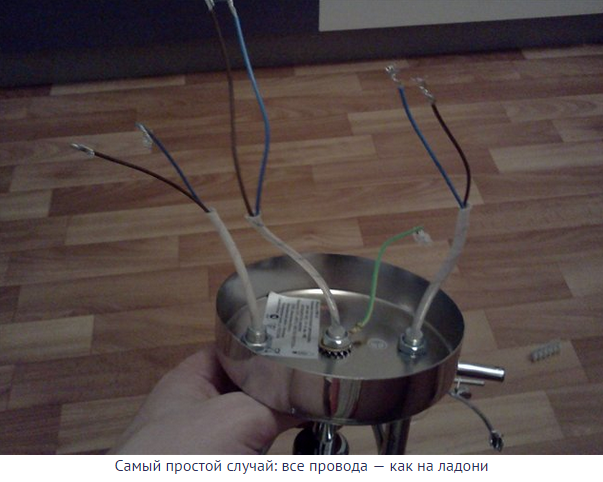 Take a good look at the chandelier, whenyou can always close the same wires together, twisting them and attaching them to one of the wires in the ceiling. If the number of wires in the ceiling allows you to turn on one lamp, from a double or triple switch, then you will need to determine which pair of wires is responsible for which of the bulbs.
Take a good look at the chandelier, whenyou can always close the same wires together, twisting them and attaching them to one of the wires in the ceiling. If the number of wires in the ceiling allows you to turn on one lamp, from a double or triple switch, then you will need to determine which pair of wires is responsible for which of the bulbs. 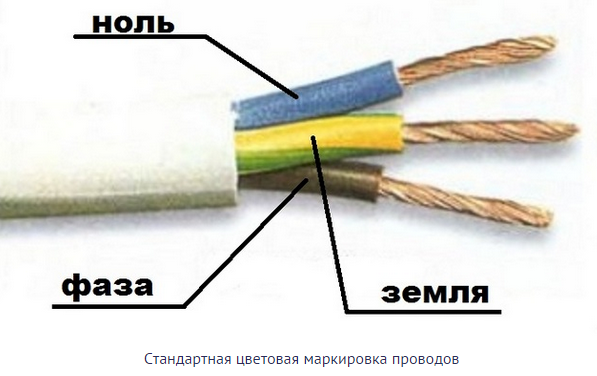 There are two ways to determine which wires are connectedwith which light bulb, this connect them to the voltage and see how the light bulbs caught fire, and which is not. The second way, if you take a voltmeter. He will show the circuit is closed. It is not worth checking out on a stepladder under the ceiling, because chandeliers are not always light, and a flash of light that you can compromise, closed for example, wrong wires, can blind you for a couple of seconds and you can lose balance. Plus, everything can be lost because of the automatic machine.
There are two ways to determine which wires are connectedwith which light bulb, this connect them to the voltage and see how the light bulbs caught fire, and which is not. The second way, if you take a voltmeter. He will show the circuit is closed. It is not worth checking out on a stepladder under the ceiling, because chandeliers are not always light, and a flash of light that you can compromise, closed for example, wrong wires, can blind you for a couple of seconds and you can lose balance. Plus, everything can be lost because of the automatic machine.  Well, with the best way to checkwires on the chandelier, we figured out, it remains only to decide on what materials we will take our chandelier? The people have many different hooks. Some of them are so reliable that fixing them in the wall, you will no longer be able to get them from there, without destroying the ceiling in diameter by a few centimeters. Today we will look at the hook, which is screwed into the dowel.
Well, with the best way to checkwires on the chandelier, we figured out, it remains only to decide on what materials we will take our chandelier? The people have many different hooks. Some of them are so reliable that fixing them in the wall, you will no longer be able to get them from there, without destroying the ceiling in diameter by a few centimeters. Today we will look at the hook, which is screwed into the dowel. 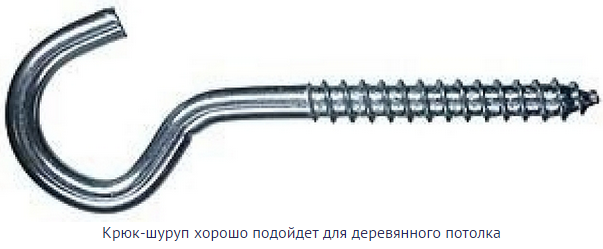 The dowel itself can only get into the wall if youdrill a hole in it. Do not make it too wide, because the dowel should get into it as tightly as possible. It's okay if it does not go down to the very end, but it's highly recommended that it hit the ceiling at least 80%. Then using a clerical or well sharpened kitchen knife, you will be able to simply cut off the protruding remainder of the dowel.
The dowel itself can only get into the wall if youdrill a hole in it. Do not make it too wide, because the dowel should get into it as tightly as possible. It's okay if it does not go down to the very end, but it's highly recommended that it hit the ceiling at least 80%. Then using a clerical or well sharpened kitchen knife, you will be able to simply cut off the protruding remainder of the dowel.  Many chandeliers are equipped with a special bowl thatcan be lowered or raised, hiding electric wires. If you have a chandelier with such a bowl, lower it lower and hook the chandelier on the hook, so that it would be more convenient for you to twist the wires, isolating them with a cambric or electrical tape. Only before beginning twisting, check to see if you have turned off the light in the room. If you are not sure about this, then turn off the light throughout the apartment, it's better than an electric shock.
Many chandeliers are equipped with a special bowl thatcan be lowered or raised, hiding electric wires. If you have a chandelier with such a bowl, lower it lower and hook the chandelier on the hook, so that it would be more convenient for you to twist the wires, isolating them with a cambric or electrical tape. Only before beginning twisting, check to see if you have turned off the light in the room. If you are not sure about this, then turn off the light throughout the apartment, it's better than an electric shock.  After connecting, turn on the light andmake sure the chandelier is working properly and the wires do not get too warm. After disconnect the chandelier and screw the bowl, which will hide all the extra details under the ceiling. Remember that by catching a chandelier in an insufficiently strong place, or on insufficiently reliable materials, you endanger those who will be under it.
After connecting, turn on the light andmake sure the chandelier is working properly and the wires do not get too warm. After disconnect the chandelier and screw the bowl, which will hide all the extra details under the ceiling. Remember that by catching a chandelier in an insufficiently strong place, or on insufficiently reliable materials, you endanger those who will be under it.
